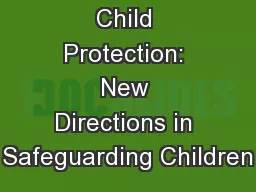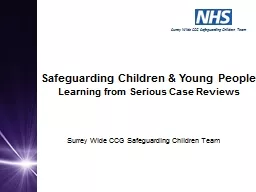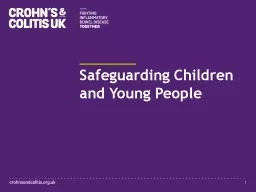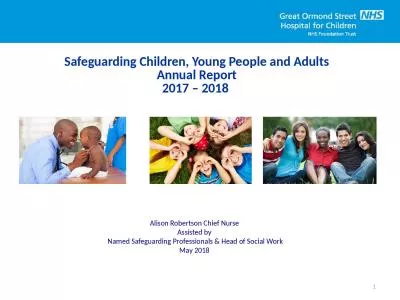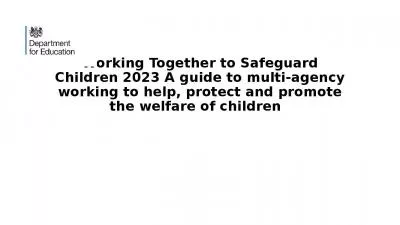PPT-Challenging Child Protection: New Directions in Safeguarding Children
Author : marina-yarberry | Published Date : 2018-03-16
Connecting Research Janice McGhee and Lorraine Waterhouse June 2016 Violence women and children United Nations global comprehensive mapping of violence towards
Presentation Embed Code
Download Presentation
Download Presentation The PPT/PDF document "Challenging Child Protection: New Direct..." is the property of its rightful owner. Permission is granted to download and print the materials on this website for personal, non-commercial use only, and to display it on your personal computer provided you do not modify the materials and that you retain all copyright notices contained in the materials. By downloading content from our website, you accept the terms of this agreement.
Challenging Child Protection: New Directions in Safeguarding Children: Transcript
Download Rules Of Document
"Challenging Child Protection: New Directions in Safeguarding Children"The content belongs to its owner. You may download and print it for personal use, without modification, and keep all copyright notices. By downloading, you agree to these terms.
Related Documents

